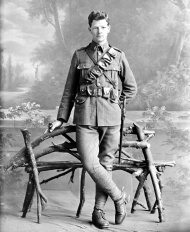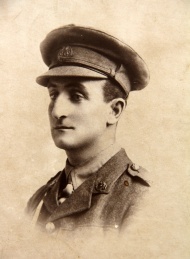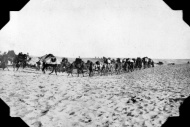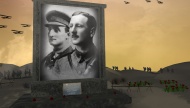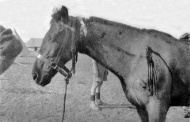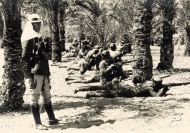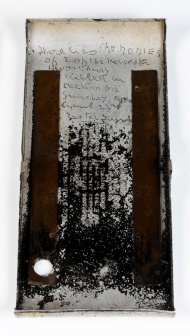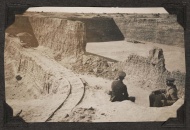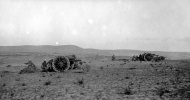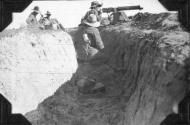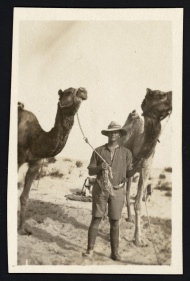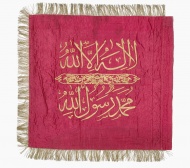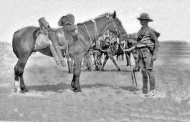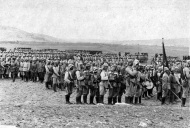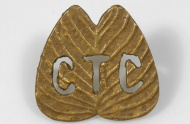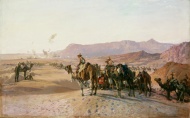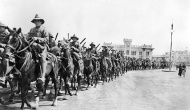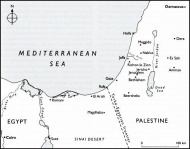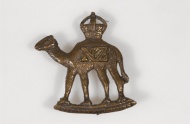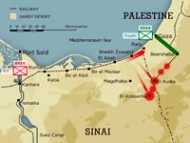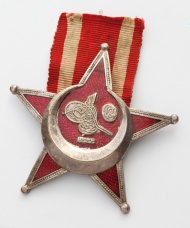Articles
The Imperial Camel Corps
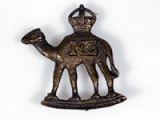
The Imperial Camel Corps, which included two New Zealand companies, played a vital role in the Sinai and Palestine campaigns during the First World War. Between 400 and 450 New Zealanders fought in the Corps, and 41 died before the two New Zealand companies were disbanded in mid-1918.
-
Page 2 – Formation and expansion
Camels have often fulfilled the role of cavalry on the battlefields of the Middle East and adjacent regions, including during the Sinai and Palestine campaigns of the First
-
Page 3 – New Zealand Camel Companies
In August 1916 No 15 (New Zealand) Company, Imperial Camel Corps, was formed from men originally intended as reinforcements for the New Zealand Mounted Rifles Brigade.
-
Page 4 – End of the Imperial Camel Corps
The New Zealand camel companies served with the Imperial Camel Corps Brigade in Palestine until it was disbanded in June 1918. At that point the Kiwi cameliers were reorganised
-
Page 6 – Imperial Camel Corps organisation
Reflecting their ad hoc origins, the camel companies used a unique mixture of infantry and mounted rifles organisation and nomenclature.
Sinai campaign
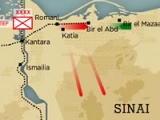
The Sinai campaign is less well known than other First World War campaigns like Gallipoli and those on the Western Front. But it was here, in the harsh, arid desert, that the Allies took the first major step towards their ultimate victory over the Ottoman Turks in the Middle East.
-
Page 2 – Overview
The Sinai campaign arose from a change in British thinking about the defence of the Suez Canal.
-
Page 3 – Action at Katia
In March 1916 the commander of the Egyptian Expeditionary Force (EEF), General Sir Archibald Murray, ordered his forces to occupy the area around the Katia oasis, 40 km east of
-
Page 4 – Battle of Romani
Although the action at Katia boosted Ottoman morale, it soon became clear that it had not deterred the British from continuing their offensive into the Sinai.
-
Page 5 – Battle of Magdhaba
By mid-December 1916 the Egyptian Expeditionary Force had advanced across the Sinai to within sight of the original objective of the campaign, the town of El Arish.
-
Page 6 – Battle of Rafah
If the British failed to capture Rafah quickly they risked being overwhelmed by large Ottoman forces sent from Gaza.
-
Page 7 – Further information
Further reading and links to more information about the Sinai campaign
Palestine campaign
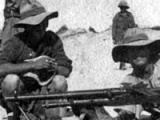
The British invasion of Ottoman-held Palestine in 1917-18 was the third - and last - campaign launched by the Allies against the Ottoman Turks in the Middle East during the First World War.
-
Page 2 – Overview
Victory in Sinai led to pressure from the British government, led by new Prime Minister Lloyd George, to invade Ottoman-controlled Palestine in 1917.
-
Page 3 – First Battle of Gaza
The commander of Eastern Force mistakenly thought that the Egyptian Expeditionary Force could capture Gaza in March 1917 by using essentially the same tactics as those employed
-
Page 4 – Second Battle of Gaza
The Second Battle of Gaza three weeks after the First Battle, was an even bigger disaster – a frontal attack by British infantry divisions resulted in their suffering some 6000
The Ottoman Empire
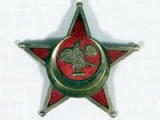
Few Kiwis today know much about one of our main First World War enemies, the Ottoman Empire - a sophisticated but often forgotten empire whose soldiers fought against New Zealand troops for four years in the Gallipoli, Sinai and Palestine campaigns.
-
Page 5 – Ottoman Empire at war
How the Ottoman Empire fared during the First World War
Pacific Islanders in the NZEF
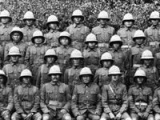
Cook Islanders, Niueans, Fijians and Gilbert Islanders all took their place in the ranks of the New Zealand Expeditionary Force during the First World War. As well as the dangers of war, Pacific soldiers faced language difficulties, an unfamiliar army diet and European diseases.
- Page 3 - The Rarotongan CompanyInformation on the New Zealand Rarotongan Company, which served in the Sinai and Palestine campaigns
NZ Railways at war
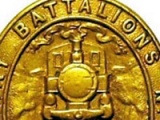
The railway system and its workforce was one of the most valuable assets available to the New Zealand state to support the national effort during the First World War
- Page 2 - Railways in the First World WarThe steam railway was a driving force of the industrial revolution and European imperialist
Canterbury Mounted Rifles Regiment timeline
In May the CMR and the rest of the New Zealand Mounted Rifles Brigade (NZMR) are thrown – as infantry – into the desperate struggle to seize the commanding heights of the Gallipoli Peninsula. In the next four months the regiment suffers more than half of all its casualties in the war.
-
Page 3 – 1917
During 1917 the Canterbury Mounted Rifles Regiment (CMR) and the rest of the New Zealand Mounted Rifles Brigade (NZMR) take part in three battles for Gaza.
Wellington Mounted Rifles Regiment timeline
Timeline for the Wellington Mounted Rifles in 1915
- Page 2 - 1916Timeline for the Wellington Mounted Rifles in
Auckland Mounted Rifles Regiment timeline
The Auckland Mounted Rifles Regiment actions in 1915, from Sinai to Gallipoli
- Page 2 - 1916When most of the New Zealand Expeditionary Force goes to France in April 1916, the New Zealand Mounted Rifles Brigade (NZMR) remains in Egypt as part of an Anzac Mounted Division
The Post and Telegraph Department at war
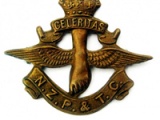
The Post and Telegraph Department (the government agency from which New Zealand Post, Telecom and Kiwibank are descended) was crucial to this country’s participation in the First World War.
-
Page 6 – Communications on the Western Front
In April 1916, the recently formed New Zealand Division was transported by troopship across the Mediterranean from the Egyptian port of Alexandria to Marseille in the south of
NZ's First World War horses
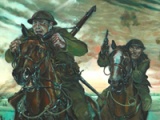
Between 1914 and 1916 the New Zealand government acquired more than 10,000 horses to equip the New Zealand Expeditionary Force. They served in German Samoa, Gallipoli, the Middle East and on the Western Front. Of those that survived the war, only four returned home.
- Page 6 - Sinai and PalestineSeveral thousand of the New Zealand forces’ horses remained in the Middle East when the New Zealand Division sailed to France. These horses served with the New Zealand Mounted
Related keywords
- canterbury mounted rifles
- WW1
- new zealand mounted rifles
- timeline
- ottoman army
- auckland mounted rifles
- horses
- last post stories
- palestine campaign
- wellington mounted rifles
- egyptian expeditionary force
- WW1 stories
- te kopuru
- postal service
- gallipoli campaign
- battle of romani
- western front
- camel corps
- casualties
- railways
- battle of katia
- harry chauvel
- cemeteries
- egypt
- commonwealth war graves commission
- WW1 maps
- death
- ottoman empire
- maps
- suez canal
- rarotongan company
- edmund allenby
- battle of magdhaba
- battle of rafa
- artillery
- 2nd battle gaza
- edward chaytor
- 1st battle gaza
- war objects
- badges
- insignia
- painting
- war art
- influenza pandemic
- pioneer battalion
- cook islands
- niue
- narrow neck camp
- pacific peoples
- weapons
- medals
- balkans
- bulgaria
- russia
- salonika campaign
- armistice
- dardanelles attack
- kemal ataturk
-
Main image: Moving back from Rafa
The New Zealand Mounted Rifles Brigade moving back from Rafa at the end of the Sinai campaign, January 1917.



